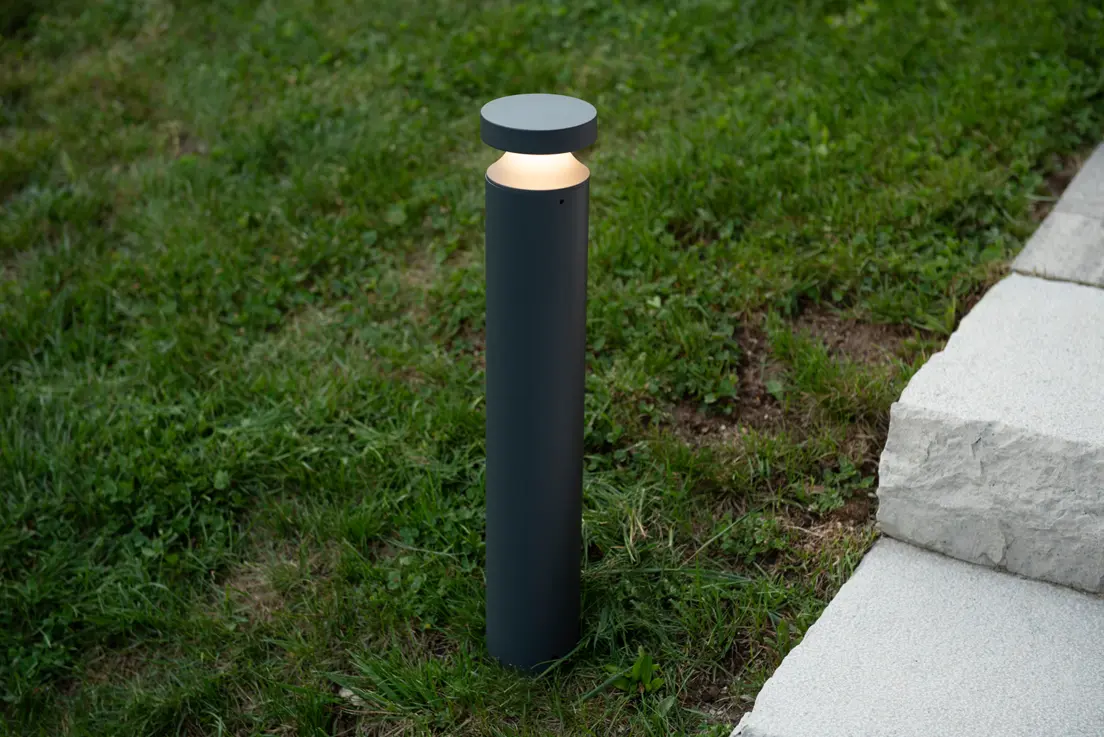The ULR value, or Upward Light Ratio, indicates the percentage of a luminaire's luminous fluxthat shinesupwards, i.e. into the sky. It is used to assess light pollution and the impact of lighting on the environment.
In times of increasing urbanisation and growing environmental problems, one topic is increasingly coming into focus: light pollution. Artificial light emitted into the night sky has an impact on the environment, wildlife and the visibility of the night sky. A key parameter for assessing this problem is the ULR value (Upward Light Ratio).
What is the ULR value?
The ULR value - also known as the upward light ratio - indicates the proportion of a luminaire's luminous flux that is emitted directly into the sky, i.e. above the horizontal. It is given as a percentage and is a measure of how environmentally friendly an outdoor luminaire is in terms of light pollution.
Example:
- A ULR value of 0% means that no light is emitted directly upwards.
- A ULR value of 15% means that 15% of the luminous flux is emitted upwards.
The lower the ULR value, the better for the environment.
Why is the ULR value important?
1. Nature conservation
Many animal species - especially insects, birds and bats - are nocturnal and their behaviour is disturbed by upward light. A low ULR value helps to protect their habitats.
2. Energy efficiency
Light that is emitted unused into the sky is lost energy. A low ULR value therefore also signals efficient light control - more light on the surface, less scattering losses.
3. Protection of the night sky
A high ULR value contributes to so-called skyglow - the artificial brightening of the night sky above cities and urban centres. This makes astronomical observations more difficult and causes the starry sky to fade.
4. Legal requirements
In many countries and regions, there are now regulations that specify a maximum ULR value for outdoor lighting. As a rule, this is ULR ≤ 1 % to 5 %, especially in zones requiring protection.
ULR value in practice
The ULR value is used in the planning of outdoor lighting - e.g. for
- Street and path lighting
- Façade lighting
- Sports centre lighting
- Car park lighting
How can the ULR value be reduced?
- Useluminaires with full shielding (full cut-off)
- Selectlow mast and mounting heights
- Do not use excessive luminous intensity
- Preferwarm white light colours (<3000 K)
- Useintelligent control (e.g. dimming or timer switching)
Conclusion
The ULR value is an essential indicator for sustainable and responsible lighting design. Anyone who pays attention to a low ULR value when selecting luminaires is actively helping to reduce light pollution, save energy and protect the environment. In a world that is becoming ever brighter, the ULR value is a key to a deliberately darker but better-lit future.
At DOTLUX, we also pay attention to the lowest possible ULR value when developing our floodlights and outdoor luminaires, such as the TERRA (ULR=0):

